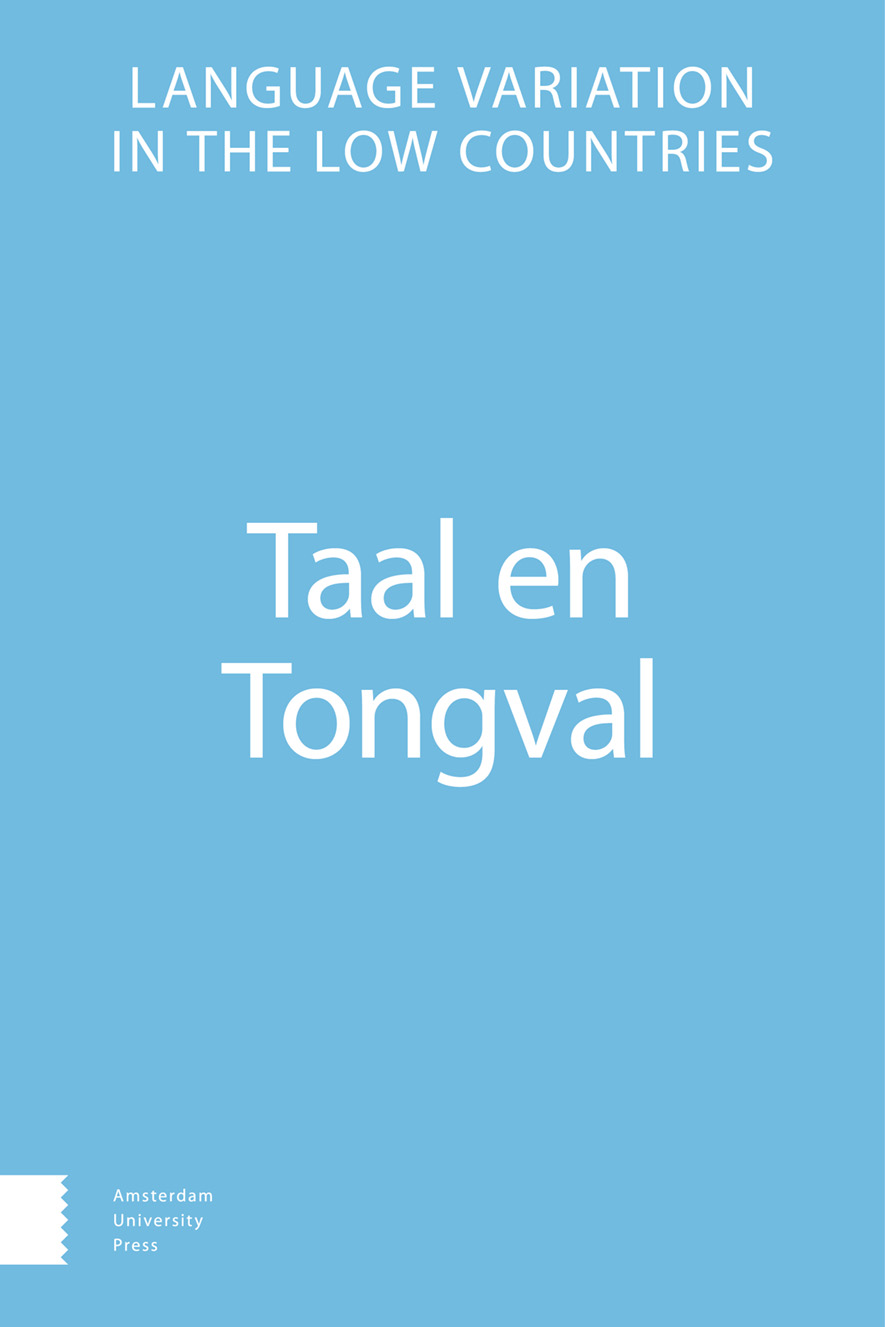-
oa Vertical vs. horizontal change in the traditional dialects of southwest Germany: a quantitative approach
- Amsterdam University Press
- Source: Taal en Tongval, Volume 63, Issue 1, Jan 2011, p. 13 - 41
Abstract
Typically, modern dialects show contact-induced rather than endogenous phonological change, i.e. a given dialect absorbs features of other varieties of the same language with which it is in contact, often replacing the dialect’s own sounds. In most cases, this process is lexicalized, i.e. it proceeds word by word, although the entire sound structure of the variety may be affected in the end. One of the unresolved questions of research on phonological dialect change is the nature of the spread of these changes. In principle, they can be due to horizontal (neighbouring dialects) or vertical contact (the standard variety or other forms with a wider range influence the dialects in the area “below” it). This paper discusses some quantitative measures used to estimate the magnitude of the two alternative forms of the propagation of a change, and reports some findings for the traditional dialects of southwest Germany in the last century. On the basis of a large corpus of spontaneous speech, we present an aggregated analysis using statistical correlations and a mixed logistic regression model.


